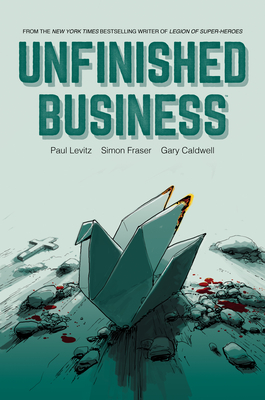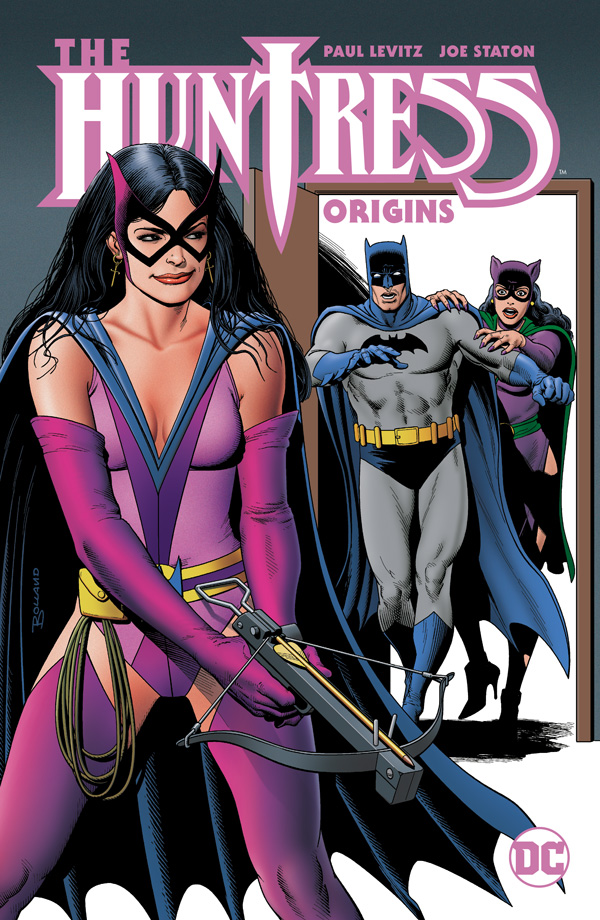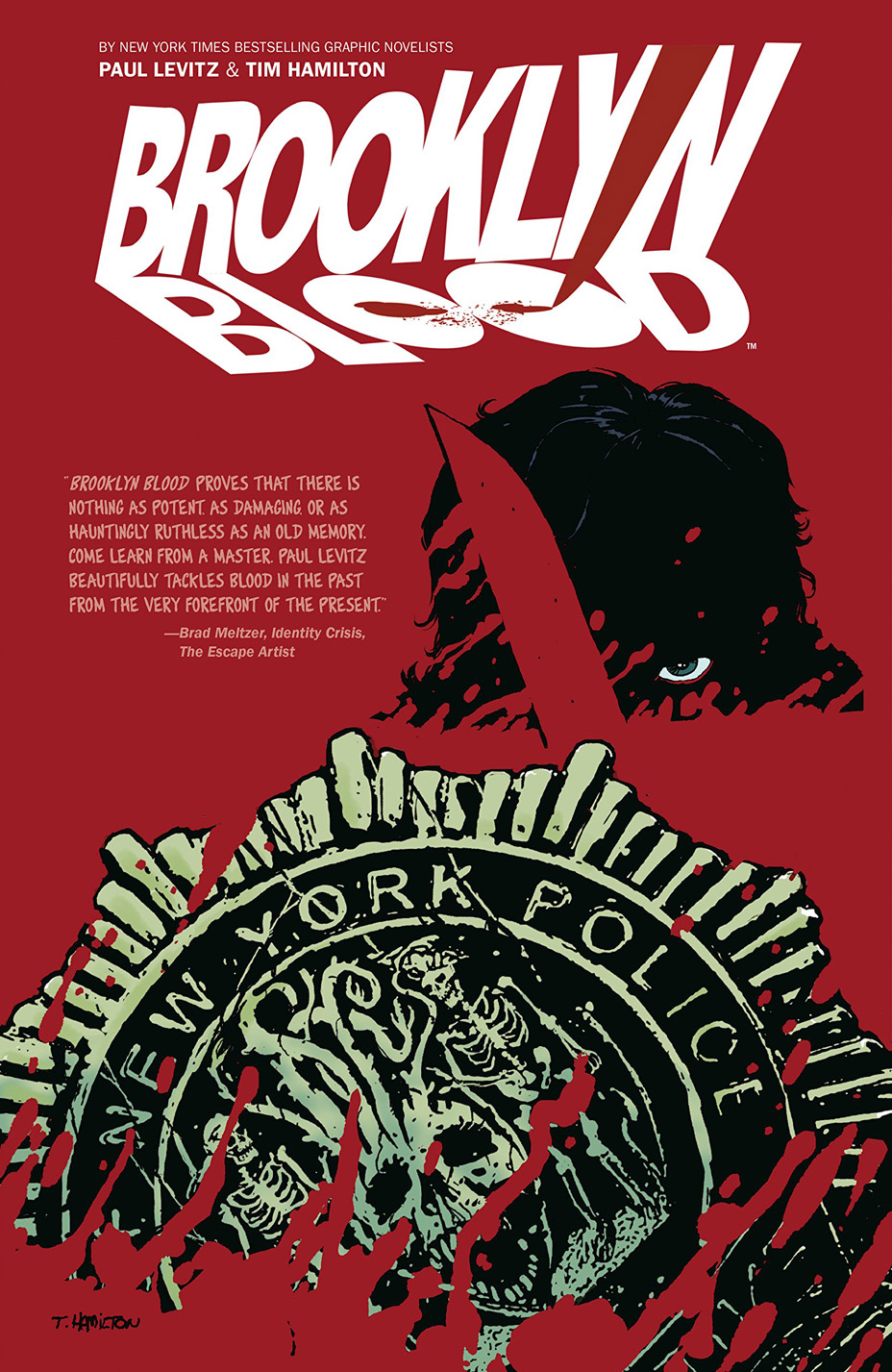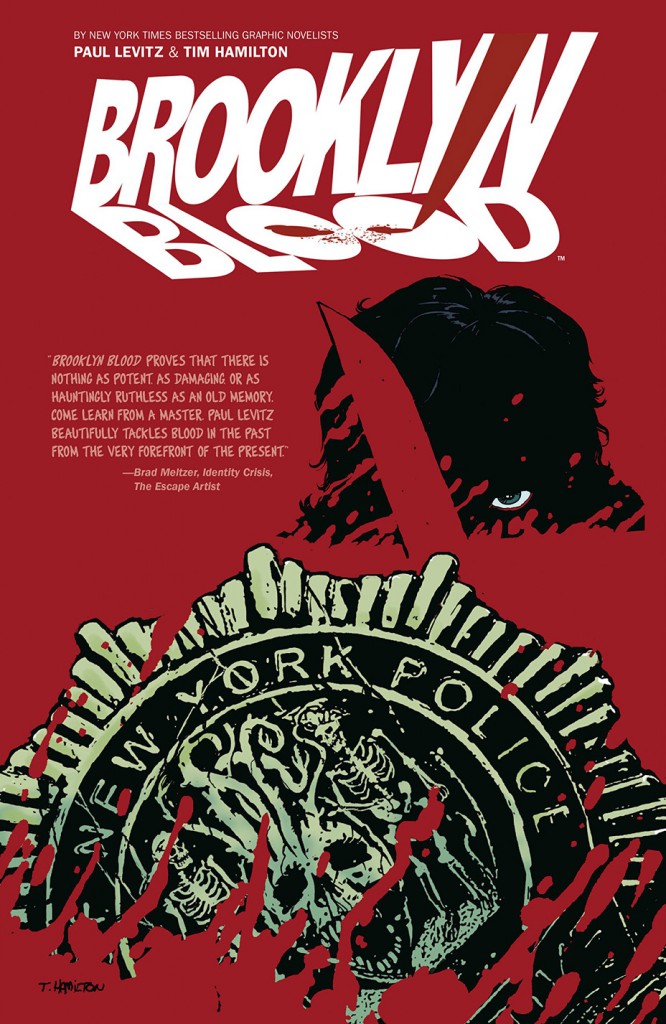On editing reprint collections
Another of my many dubious distinctions in comics is probably having the edited reprint collections over the longest stretch of time, 46 years now. (Okay, I didn’t do any for decades in the middle of that stretch, but I said it was a dubious distinction.). It’s always been a fun assignment, providing an excuse to go play in the DC library or my own collection, revisit old friends, and have the pleasure of introducing new readers to tales I enjoyed. With the latest, DC IN THE ‘80s: THE END OF ERAS about to come out, I’ll share some thoughts on the subject.
The projects have been born many different ways, but in pretty much every case the format and available page count was set before I got the assignment to assemble the contents. That was true when I was curating the reprints for the back of 100-Page Super-Spectacular issues or LIMITED COLLECTORS’ EDITION tabloids, and is still true on today’s hardcovers. Budgets matter, and there are always assumptions about what will have an audience large enough to justify it being published. The hardcovers I’ve edited in recent years are the largest volumes I worked on, and as celebratory volumes, have had budgets large enough to allow for some interesting opportunities.
My first goal is always to include something (or somethings) unique that will elevate the book from simply being twice-told tales. The very first comic I got a full editorial credit on, LIMITED COLLECTORS’ EDITION #C-34, CHRISTMAS WITH THE SUPER-HEROES, set the tone. I found an unpublished Angel & The ApeChristmas story by John Albano, Bob Oksner and Wally Wood to include. For ACTION COMICS: 80 YEARS OF SUPERMAN, I remembered the unpublished Siegel & Shuster era Superman story in Marv Wolfman’s collection, and for the DETECTIVE COMICS volume that followed, the Lew Sayre Schwartz Batmanbreakdowns in Dale Cendali’s. The new ‘80s book couldn’t have anything of that great provenance by definition, but I was able to go for scarcity instead: a chunk of the first, seminal Style Guide by Jose Luis Garcia Lopez and Dick Giordano, a story from the Superman newspaper strip of the period and Alan Moore’s Twilight proposal. All items that someone might possess, but none ever in a published DC volume.
The next step is to create a balanced list of targets, sources that deserve to be included in the theme. For the END OF ERAS, it could have just been a collection of the genre titles that were wrapping up in that decade, but there were two reasons to include a good swath of super-hero material as well: fans were more likely to pick up a book that included their favorite characters, and there’s a San Andreas-size fault line between the pre-CRISIS DC universe and post-CRISIS. So the major heroes had to be represented. Off to the bound volumes!
There are three different decision rules operating here:
First, for the heroes, the goal is to find a story that represents the era both in its storyline and creative contributors. For Superman and Batman, I found stories that touched on the pre-CRISIS interpretation of the Golden Age versions…and for Superman, it was a given that Alan and Curt Swan’s delightful “Whatever Happened To The Man of Steel?” would finish off the book. Wonder Woman allowed me to bring in Don Heck, and The Flash of course was required to show Carmine Infantino’s later period. I considered some Green Lantern and Justice League choices, but opted instead to represent the back-ups of the time with Firestorm.
For the vanishing genres, selections from series required picking a prime example, and one that could stand alone. Sometimes that meant calling up the talent who had worked on them, sometimes pawing through to find a qualifier. The decision rules were complex: better to find a Jonah Hex drawn by Tony DeZuniga to show the original creator’s art; for Warlord an issue Mike Grell inked himself since he had chafed under longtime inker Vince Colletta’s brush; if there was a dominant contributor, include them (could Bob Kanigher and Sam Glanzman’s epochal run on Haunted Tank be ignored?). TV comics could be covered by SUPER FRIENDS, and toy tie-ins (not a vanishing genre in comics, but by and large from DC) by MASTERS OF THE UNIVERSE.
Selections from the anthologized stories were, I admit, far more arbitrary. There were hundreds of pages of mystery and war tales to pick from, and if science fiction was a smaller stack, it was still a rich pile. Your choices would certainly vary, but I was pleased to put in contributions by longtime DC contributors like Irwin Hasen, Lee Elias and Gil Kane…as well as young and rising voices.
When the budget permits, adding essays is a distinct pleasure, and I’ve been able to reach out to so many old friends and fascinating people. My all-time favorite was getting Laura Siegel Carter in the ACTION volume, marking the first time a Siegel contributed to a Superman book they were earning royalties from.
I’m back at it, finalizing the next volume, ‘80s: THE EXPERIMENTS, getting legal to dig out some dusty old contracts (yes, I signed them but do you REALLY expect me to remember three or more decades later when I can’t recall what I had for dinner yesterday?) and clear some interesting items for the collection.
In going through the collection’s odder corners, I found what is certainly DC’s rarest experiment, but unfortunately can’t include it as it’s an early ‘90s project. We teamed up with Time Inc. to do a test magazine, an issue of WHAT’S UP? that combined comics using the Looney Tunes and other DC goodies with a sort of kids’ PEOPLE/ENTERTAINMENT WEEKLY. Only a few copies were printed and were used for market research testing, which sadly indicated the idea wouldn’t work to Time Inc.’s then high standards. If I get to do ‘90s volumes, I’ll try to include some of it then.
Still having fun.
Pharmacie à prix réduit pour la santé des hommes. Nous offrons une grande variété de produits génériques achat cialis et de marque. Des médicaments d’excellente qualité à des prix avantageux.




